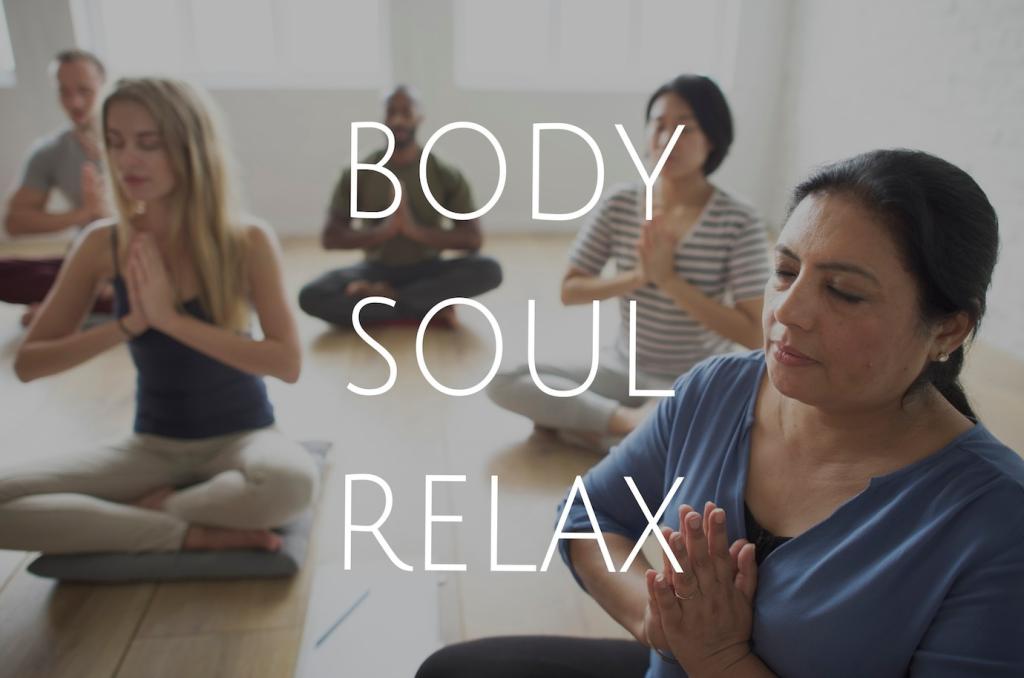Sleep, Mood, and the Restorative Loop
Dim lights, silence notifications, and practice ten minutes of breath-focused meditation. Let thoughts float like distant boats. This prepares the nervous system for sleep and reduces late-night rumination that can carry stress into tomorrow’s emotional landscape.
Sleep, Mood, and the Restorative Loop
Step into natural light, then sit for five minutes. Light anchors circadian rhythms; meditation anchors mood. Together they build a stabilizing loop, improving emotional tone and energy across the day. Try for one week and tell us what shifts.
Sleep, Mood, and the Restorative Loop
Instead of fighting wakefulness, practice loving-kindness phrases for yourself and others. This softens frustration and counters loneliness. Even if sleep takes time, you’ll have invested in emotional well-being rather than feeding the worry that keeps you awake.






